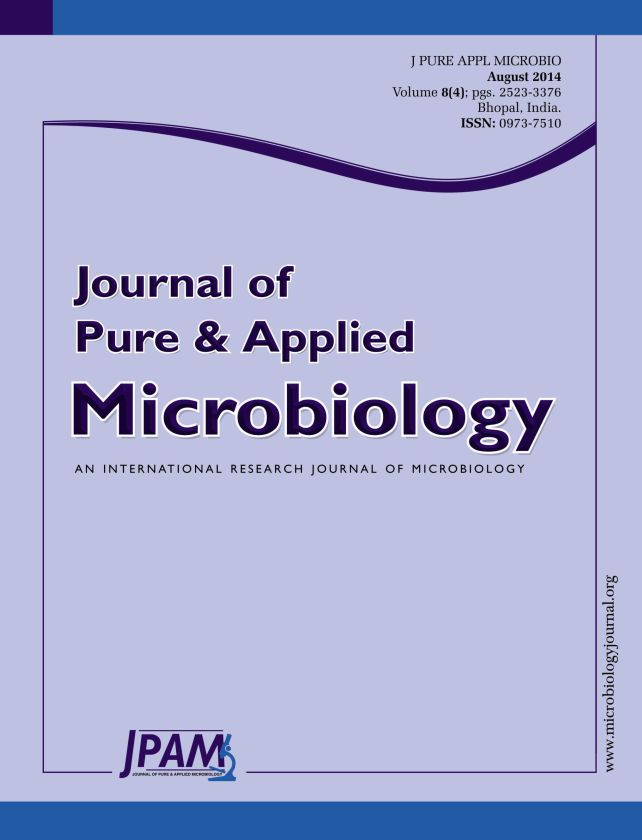A total of 21 epibiotic bacterial strains were isolated from the surface of seaweeds Chaetomorpha antennina and Ulva fasciata collected from Kanyakumari coast, Tamilnadu, India. The isolated epibiotic bacterial strains were screened for antibacterial property through cross streak method against six fouling bacterial strains. Cross streak assay result inferred that, seven (33%) out of 21 epibiotic bacterial strains retained antibacterial activity. Of the seven bacterial strains tested, UF-4 showed broad spectrum antagonistic activity. Based on 16S rRNA sequencing, UF-4 showed the highest similarity (99%) to the member of the species Bacillus flexus APGI. Further this strain was cultured in five different production media (PM1-PM5), among these PM1 supported for the highest antibacterial activity against fouling bacterial strains. Optimization of various culture conditions revealed that, the active strain B. flexus APGI had grown well at pH 8.0, 40oC temperature, 3% inoculum size, mannitol and meat extract as the best carbon and nitrogen sources, respectively towards achieving maximum antibacterial activity. Results of present study highlighted the striking inhibitory activity of B. flexus APGI against fouling bacterial strains and proved to be a promising source of antibacterial compounds.
Seaweeds, Epibiotic bacteria, Optimization, Antibacterial activity
© The Author(s) 2014. Open Access. This article is distributed under the terms of the Creative Commons Attribution 4.0 International License which permits unrestricted use, sharing, distribution, and reproduction in any medium, provided you give appropriate credit to the original author(s) and the source, provide a link to the Creative Commons license, and indicate if changes were made.


